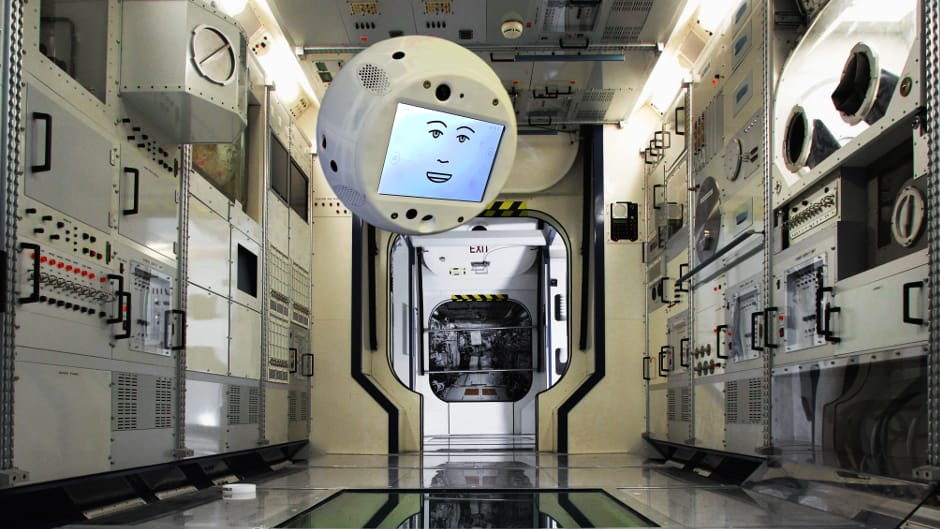
CIMON (Crew Interactive MObile CompanioN) is being developed by Airbus in cooperation with IBM.
The technology demonstrator, which is the size of a medicine ball and weighs around 5kg, will be tested on the ISS by European Space Agency astronaut Alexander Gerst during the European Space Agency’s Horizons mission between June and October 2018.
“In short, CIMON will be the first AI-based mission and flight assistance system,” said Manfred Jaumann, head of Microgravity Payloads from Airbus. “We are the first company in Europe to carry a free flyer, a kind of flying brain, to the ISS and to develop artificial intelligence for the crew on board the space station.”
The entire structure of the 'flying brain' is made up of plastic and metal created using 3D printing.
The system is designed to support astronauts in performing routine work such as displaying procedures or offering solutions to problems.
CIMON is expected to make work easier for astronauts carrying out routine tasks, plus help to increase efficiency, improve security and act as an early warning system if technical problems arise.
Airbus started CIMON as a self-financed, in-house project but in August 2016 the Bonn-based DLR Space Administration commissioned Airbus to carry out the project.
Since then, a 50-strong project team comprising members from Airbus, DLR, IBM and the Ludwig-Maximilians-Universität Munich (LMU) has been working on CIMON. In use, the system will be able to orientate itself and move around, accumulate knowledge with the help of Watson AI technology, and recognise its human partners.
Amongst other things, the Watson AI was trained using voice samples and photos of Gerst, and procedures and plans of the Columbus module of the International Space Station were loaded into the database.
Once the functional testing of the system has been completed, Gerst will work in Space with CIMON on tasks that involve an experiment with crystals, working together to solve the Rubik’s cube, and perform a complex medical experiment using CIMON as an ‘intelligent’ flying camera.




Project to investigate hybrid approach to titanium manufacturing
What is this a hybrid of? Superplastic forming tends to be performed slowly as otherwise the behaviour is the hot creep that typifies hot...